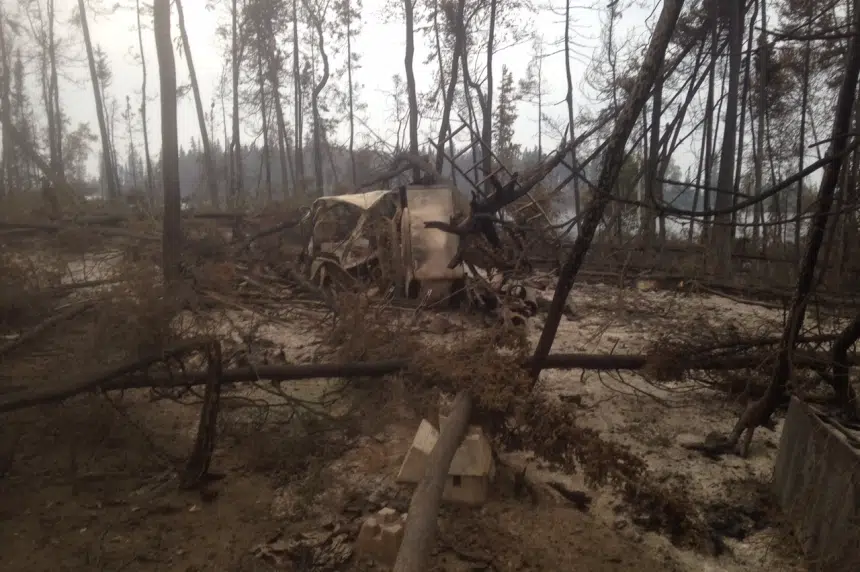In the wake of unprecedented wildfire evacuations and a nine-figure firefighting bill, northern communities and the province of Saskatchewan need to rethink the way they prepare for and respond to wildfires.
So says Toddi Steelman, a professor and executive director of the school of environment and sustainability at the University of Saskatchewan.
“In general, if we’re going to have higher temperatures, which is what climate change is really about … we’re going to have more wildfires,” Steelman said, noting that more intense fire seasons have become an “international phenomenon.”
The province has promised to conduct an inquiry into this summer’s fire response once the season ends. The cost of fighting northern fires is expected to top $100 million, roughly double what was allocated in the 2015-16 budget.
Steelman said the province and its northern communities have a shared responsibility to adapt to more intense fire seasons. That includes looking at four areas: fire mitigation, preparedness, response, and recovery.
“I think we can’t keep doing the same things that we always have done,” she said. “Having evacuated 13,000 people from the northern part of the province suggests to me that we need to be creating more fire-adapted communities and doing more mitigation work ahead of these large fires.”
That includes creating fuel breaks around communities, and removing flammable material to create fire-safe properties.
“An ounce of prevention is worth a pound of cure,” Steelman said, “the more money we probably spend on mitigation, the less we may have to end up spending on fire response and suppression.”
The province’s nine-figure firefighting cost only represents fire suppression; not the economic and cultural losses suffered by northern communities, as well as the mining sector.
As of Tuesday, 72 fires continue to burn in Saskatchewan. All but 12 are listed as contained. To date, there have been 664 wildfires in 2015 so far compared to 242 to date in 2014.
Follow on Twitter: @KDnewsguy











